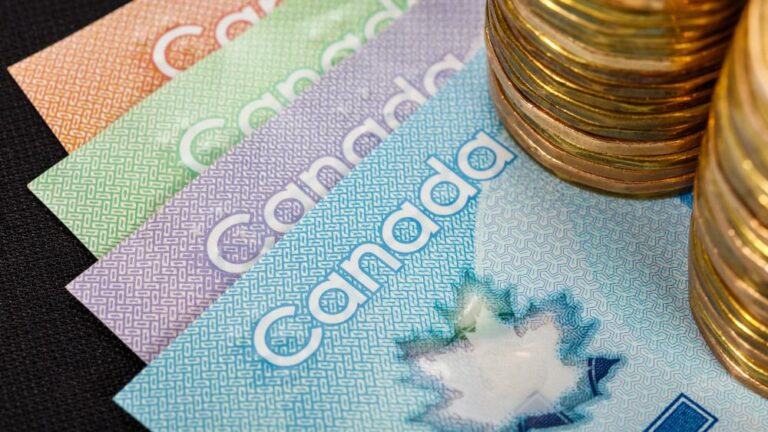Higher Mortgage Payment Coming? Be Savvy About Using Stocks to Cover the Cost
The central bank hiked interest rates to 4.5% to curb consumer demand and control inflation. The inflation eased from 9.1% in June 2022 to 6.5% in December 2022, which is still higher than the 2-3% target. In March, inflation eased significantly to 4.3%. How? Interest rates made mortgages, which eat up around 30% of average household income, expensive. Imagine the impact of rising mortgage payments on household spending.
Higher mortgage payments are coming
So far, rising interest rates increased the mortgage tenure, not the monthly mortgage payment. It is because mortgage payments change when fixed-rate mortgages renew. After 13 months since the first interest rate hike, mortgage payments have started to increase. Canada’s March inflation eased to 4.3% as Canadians paid more mortgage interest costs.
| Month | Inflation | Change in Mortgage Interest Cost |
| Dec-22 | 6.50% | 18% |
| Jan-23 | 5.90% | 21.20% |
| Feb-23 | 5.20% | 23.90% |
| Mar-23 | 4.30% | 26.40% |
The inflation will likely ease, as more Canadians renew their mortgages at higher interest rates. With mortgage interest costs rising more than 25%, a bigger share of household income would go towards the mortgage. Moreover, mortgage interest cost is not tax deductible on primary residence, unless you rent that residence out. In that case, you will have to show rental income in your taxable income, defeating the purpose of saving tax.
It is time for homeowners to prepare for a higher mortgage payment.
How to prepare for higher mortgage payments?
Many of you might consider using your Registered Retirement Savings Plan (RRSP) to make a lump sum payment against your mortgage and reduce your monthly payments. But that might not be a wise decision for two reasons:
- Firstly, RRSP withdrawals are taxable. If you earn $80,000 taxable income this year and withdraw $50,000 from your RRSP, you pay more than 20% of the withdrawals in taxes.
- Secondly, making a lump sum payment against your mortgage does not reduce your monthly payments but your tenure.
Instead of using an RRSP, use your investments and passive income in the Tax-Free Savings Account (TFSA) to pay for the higher mortgage interest cost.
- As TFSA withdrawals are tax free, you need not report them in your taxable income.
- Do not use your TFSA balance to repay a chunk of your mortgage and lose your emergency tax-free savings in a weak economy.
If you have registered for a dividend-reinvestment plan in your TFSA, convert it into dividend payments. Use it to pay the higher interest costs.
A dividend stock to handle your mortgages
Beat mortgage interest costs by investing in mortgage provider First National Financial (TSX:FN). The company provides mortgages to both businesses and individuals. Last year was remarkable for First National. Its 2022 revenue surged 13%, as a dip in placement fees for new mortgage origination was more than offset by a jump in net interest income on its mortgage portfolio.
Companies and individuals are renewing their mortgages at a higher interest rate, adding to First National’s income. The lender passes on the mortgage payments to shareholders through monthly dividends. The stock dipped 25% from its 2021 peak when many Canadians were prepaying mortgages at an accelerated rate.
If you invest in FN stock now, you can lock in a 6.4% dividend yield. The company has grown its dividend in 15 of the last 17 years. Its dividend-payout ratio was 73% in 2022, hinting that the company has sufficient cash flow to continue paying dividends.
While investing in this stock won’t immediately start contributing towards the mortgage cost, it will prepare you for any such challenges in the future.
A $1,000 investment today will buy you 26 shares of First National and pay $5.2 in monthly passive income. Had you accumulated 1,000 FN shares, you would have earned $200/month. Stop procrastinating and start investing, no matter how small the amount. Stocks can compound your returns and grow the amount over time.







